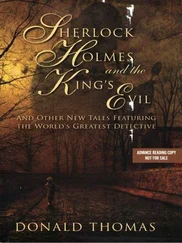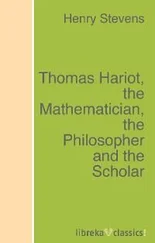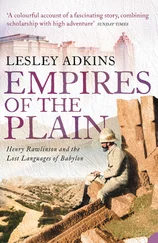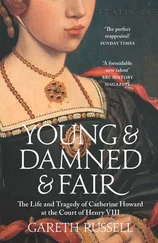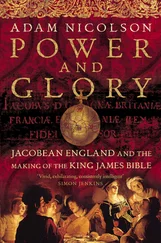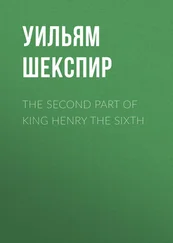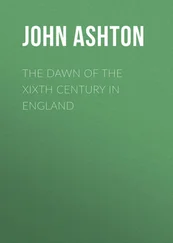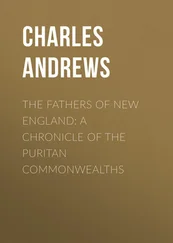When he heard of his former pupil’s accession, John Skelton rushed to London from his Norfolk parish of Diss. He wrote a coronation poem for the festivities, to be painted out on boards or copied onto parchment, framed and hung on display. The poem evidently made it as far as the planning stage: a wardrobe official folded up Skelton’s original draft and left it in a book of accounts for jousts and revels. The unfortunate Stephen Hawes tried to write his way back into royal favour with a ‘Joyful Meditation to all England’, printed as a souvenir edition by Wynkyn de Worde. Andrea Ammonio’s elegy for Henry VII ‘ et felice successione Henrici Octavi ’, meanwhile, killed two birds with one stone. 19
All the poems stressed the evils of the old reign, and the restoring of the natural order. Hawes, understandably the most cautious, hedged his bets, though even he wrote of people’s opinion that Henry VII was inclined to avarice. Skelton talked of the wolves and bears ‘That wrought have much care/ And brought England in woe’; no longer would people be scared of their extortion and treachery. And all the poets, in their various ways, used the Platonic idea of the Golden Age, which writers through the ages had used to celebrate the birth of a new regime. History, More explained, repeated itself. ‘As spring is banished and returns’, and in the same way that ‘winter at regular intervals returns as it was before’, so after ‘many revolutions’ all things will come again. For there to be a time of rebirth, moreover, there had to be a dark age, an ‘age of iron’, before it. Back in 1485, the likes of Carmeliano and André had drawn on precisely the same images in praising Henry VII – but then, they had been celebrating England’s deliverance from the rule of a usurper, Richard III. Twenty-four years later, the new king’s poets were using the same idea to commemorate a peaceful dynastic succession, albeit one in which a son was delivering the country from his own father’s tyranny. The alacrity with which they did so suggests that the new king and his counsellors thoroughly approved.
Henry VII had worked tirelessly to disassociate his reign from the civil wars out of which it had emerged. Now, it was shoved together with them into a century of upheaval and instability: a ‘hundred years’, Skelton wrote, in which ‘a man could not espy/ That right dwelt us among’. In the hands of Henry VIII’s court poets, the age of rebirth started not in 1485, but in 1509. 20
‘The rose both white and red/ In one rose now doth grow’, declaimed Skelton. Thomas More said the same. A white rose, he wrote, had grown near a red one, and each had tried to crowd out the other. But now, both had combined to become a single flower, a rose with the qualities of both; and so, ‘the contest ends the only way it can’. If, wrote More, ‘anyone loved either one of these roses, let him love this one in which is found whatever he loved’. Henry VIII’s coronation, in other words, was the end of a particular history: the wars of the roses were over. 21
The coronation took place on Sunday 24 June, Midsummer’s Day, exactly five years after Prince Henry had left Eltham for his father’s court. At 8 a.m., the procession, headed by twenty-eight bishops, set off from Westminster Hall down a carpet of blue cloth that stretched across the palace yard and through King Street gate, past the shell of Henry VII’s near-complete chapel and along the lane that bounded the abbey sanctuary. As the royal party disappeared into the abbey, the crowd descended on the cloth, hacking and ripping up the costly fabric for souvenirs and relics. 22
Enthroned alongside his queen on a high stage, Henry VIII took the traditional oaths to defend the laws of the land, and ‘especially of the laws, customs and liberties’ of the church. But the ceremonies also underscored an idea that his father had drawn on to bolster his power and authority, that of imperial kingship – which trumped royal power, because it claimed sovereignty over all other authorities in its lands, including the church. Henry VII had favoured the arched, closed imperial crown, which had also appeared on the gold coins to which he had given the name ‘sovereigns’, and he had found the idea a useful prop to his lawyers’ aggressive and highly lucrative attacks on church liberties and jurisdictions. At his coronation, Henry VIII wore vestments like a bishop’s, stressing his sacred as well as his temporal power; in the celebratory jousts that followed, a ‘great crown imperial’ topped the royal pavilion. As the likes of Erasmus and More had shown, ideas of a supreme Christian king devoted to justice and the common good were much in vogue – but then, that midsummer morning, as the new king vowed to uphold and protect the church and its rights, few could have foreseen Henry VIII’s later obsession with his God-given supremacy, which alone could give him what Rome would deny him: a divorce. 23
The coronation was celebrated with an extravagant feast in Westminster Hall, presided over by the chief steward, the duke of Buckingham, pacing the length of the hall on a horse. It was all too much for Lady Margaret Beaufort. 24Earlier that day, she had had ‘full great joy’ at her grandson’s coronation – though, in her devout way, she took care to remind everyone that ‘some adversity would follow’. It did, and rather quicker than even she might have anticipated. Though still ordering various ‘waters and powders’ for the illnesses that had laid her low, the tempting delicacies on offer tested even her legendary abstemiousness. Banqueting rather too well – it was, apparently, ‘eating a cygnet’ that did it – she was taken back to her suite of rooms above the gatehouse to the abbey cloisters, where she declined rapidly. On 29 June, barely two months after her son’s death, she too passed away. The young king had lost the two controlling influences on his life in rapid succession. As Lady Margaret lay dying she might have heard, carried on the air, the faint sounds of chaos from the tiltyard nearby. 25
Back in November 1501, Catherine’s first wedding tournament had taken place under leaden skies and the penetrating gaze of the old king, and against the uncertain backdrop of the earl of Suffolk’s defection; squalls of freezing rain had had everybody running for cover. Now, the sun blazed in a midsummer sky. The ‘fresh young gallants’ of the new regime, the tiltyard companions whom the king had grown up with – Charles Brandon, Sir Edward Howard, Thomas Knyvet and the rest – slipped the leash. Under Henry VII, their behaviour in the tiltyard had seemed a threat, a challenge to the regime. Now, they would revel in the young king’s favour.
As the two teams of combatants made their bombastic entrances into the tiltyard, the newly crowned couple looked on from a gallery constructed to resemble a battlemented castle, panelled with green-and-white bricks, in each of which was painted a rose, Catherine’s pomegranate emblem, or the happy couple’s entwined initials. Rolling out of Westminster Hall came the challengers’ pageant: a mountain, pulled by a lion made of ‘glittering gold’. Grinding to a halt, its sides swung open and out thundered two horsebacked, plate-armoured knights. Through the gate on the other side of the yard appeared the defenders’ pageant, a castle topped by a pomegranate tree – Castile and Aragon combined – drawn by a ‘lioness’. Then, in the form that the prince’s companions had been perfecting in the last years of the old reign, the games were placed in the context of a dramatic narrative. Both teams lined up and eyeballed each other, the jousters in enamelled plate armour: Tudor green-and-white, black paled with gold, all red, all green. Charles Brandon’s armour was gold, from helmet to spurs. Then, the jousts’ scenario was acted out, and the trouble started. 26
Читать дальше


